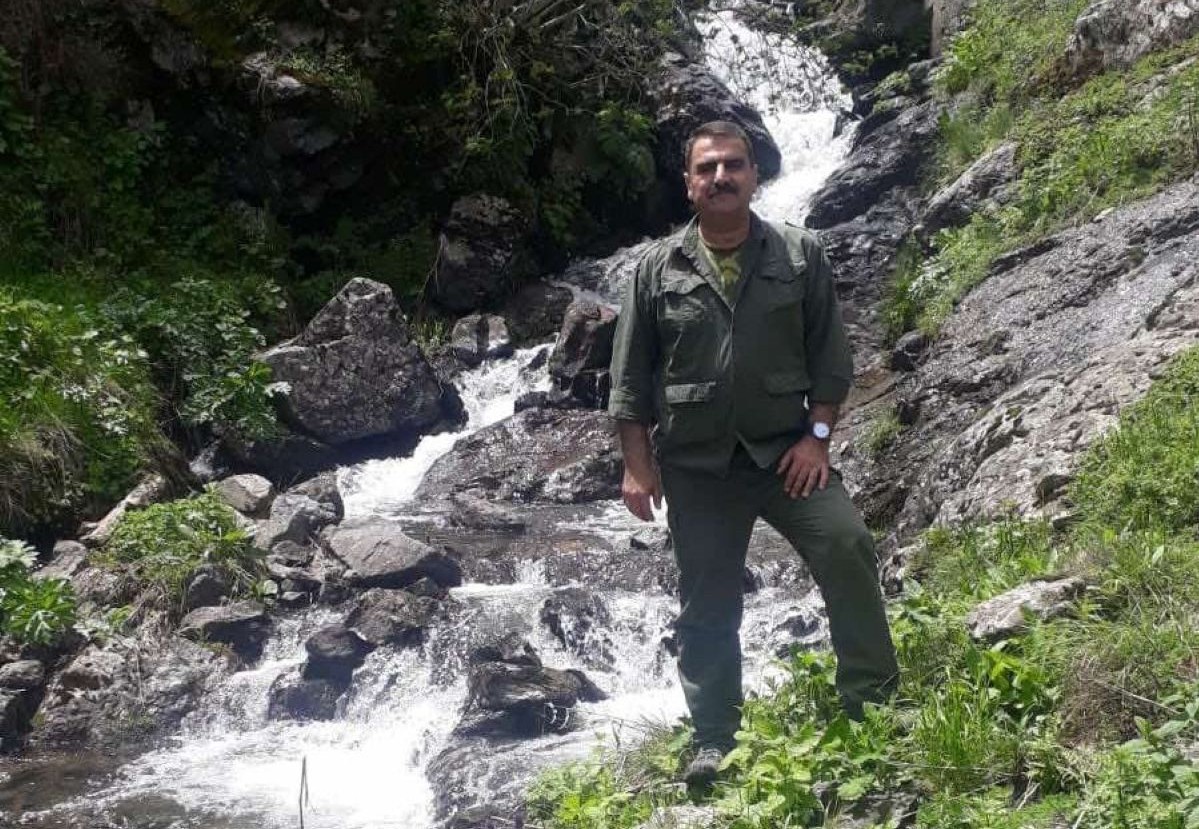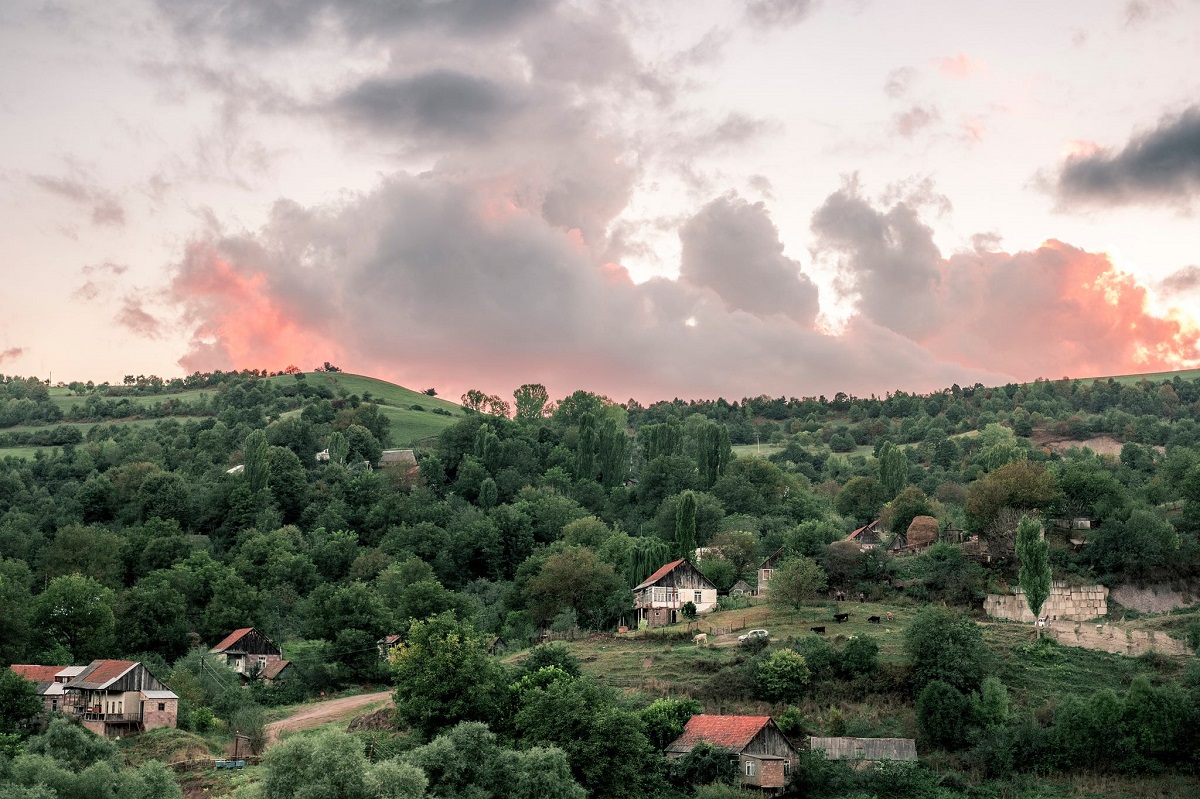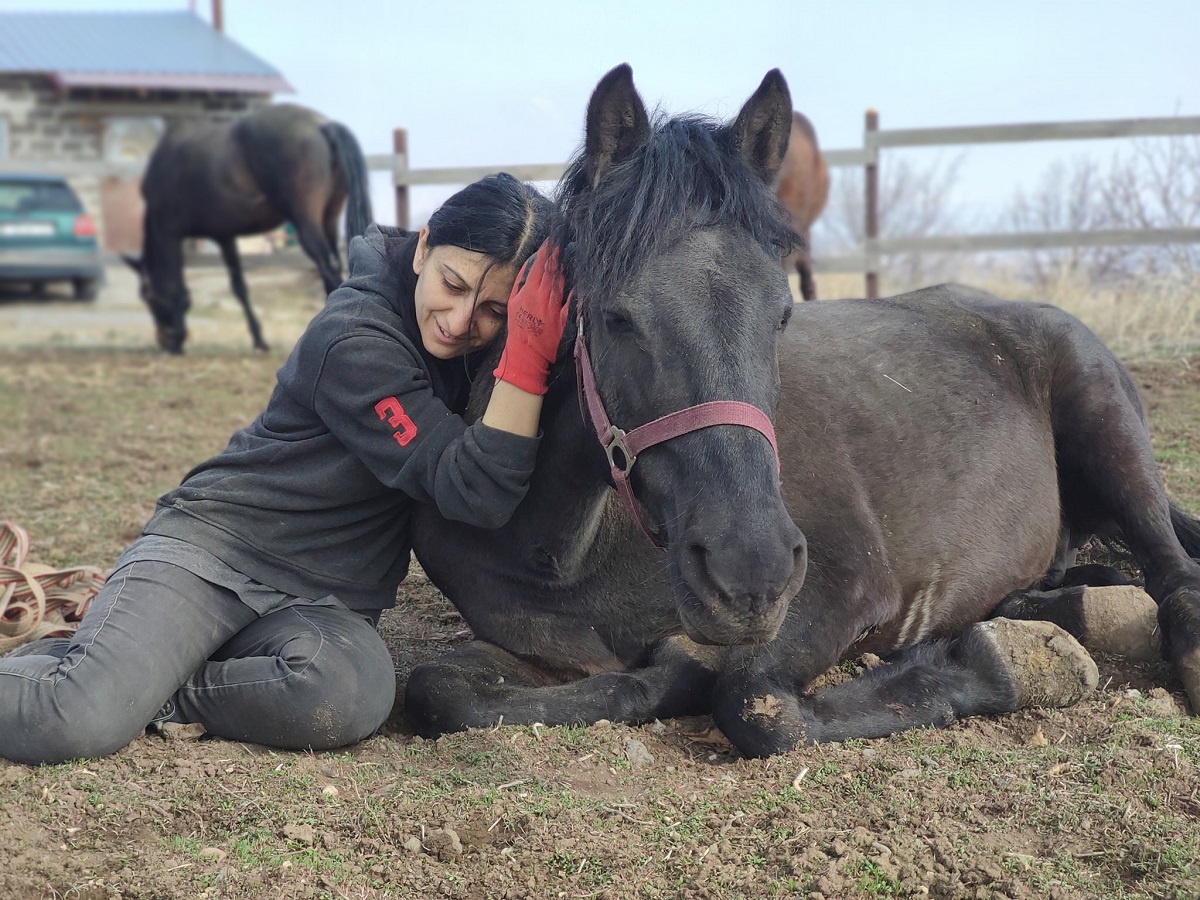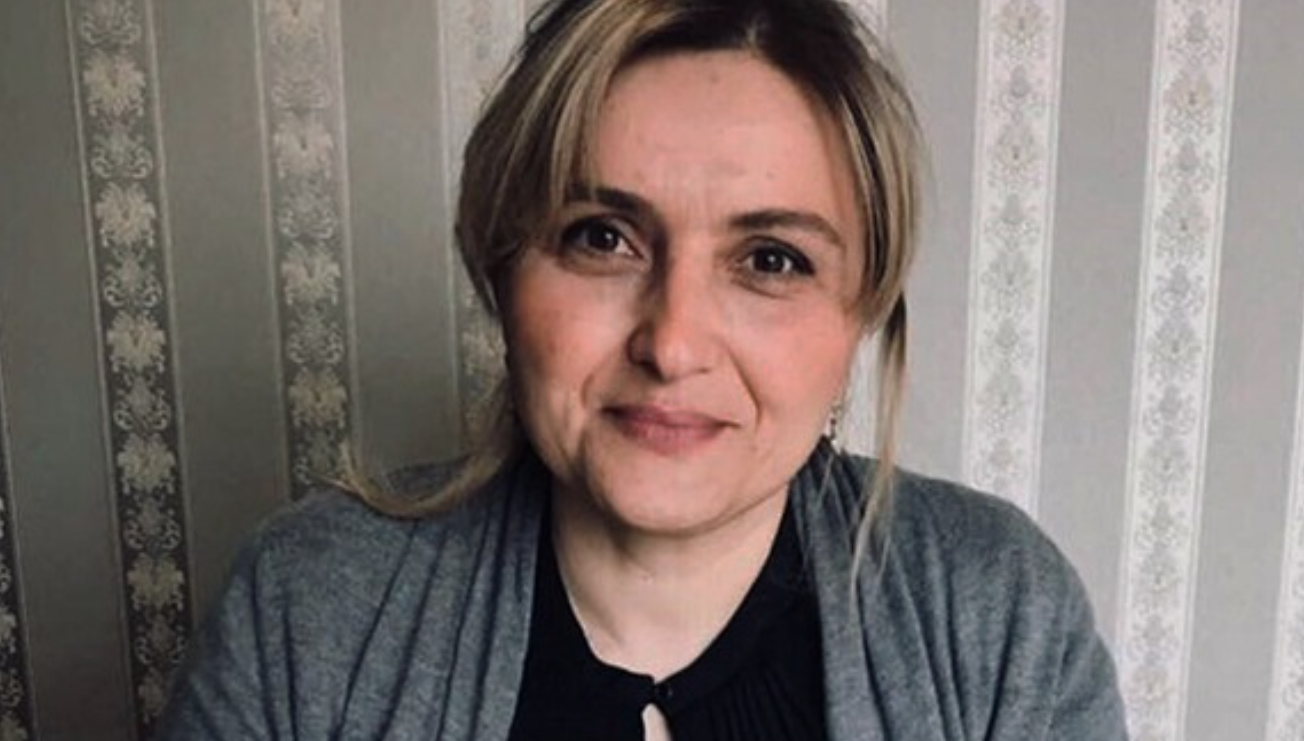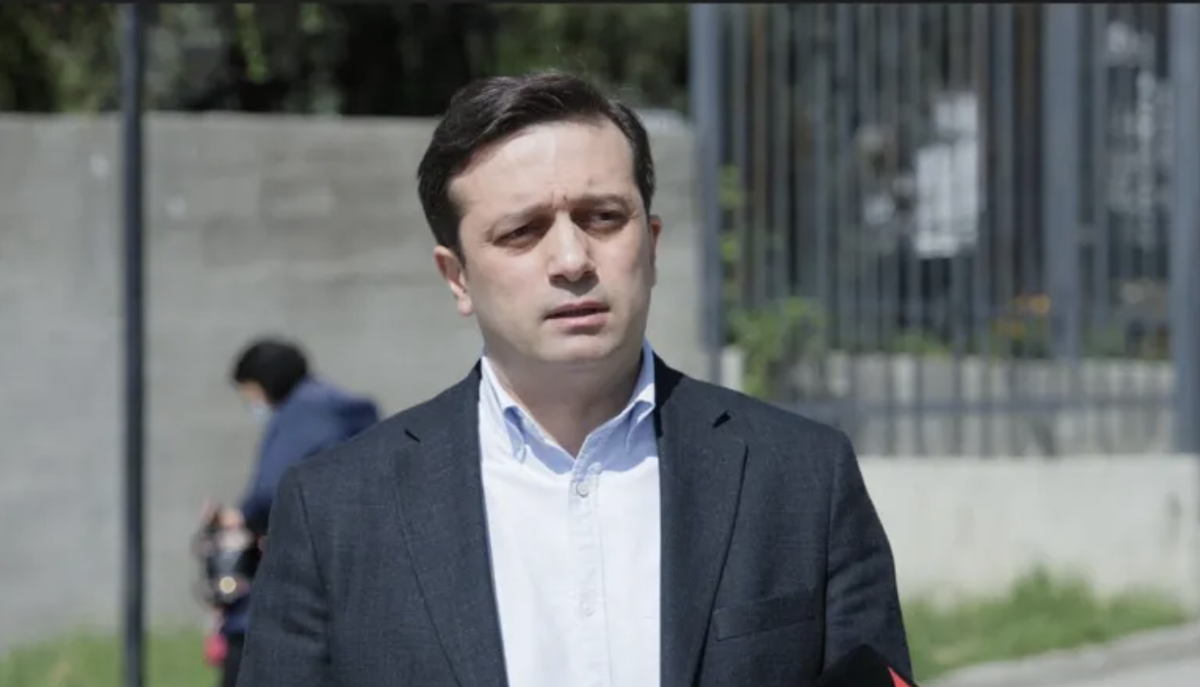Armenia’s battle with plastic bags: progress or plastic illusion?
Armenia’s battle with plastic bags
Five years ago, the Armenian government pledged to reduce the production, sale, and use of plastic bags through legislation.
From 1 January 2022, plastic bags in shops became chargeable (40–50 drams, or around 10–13 cents). Bags thinner than 50 microns were banned from sale altogether. The reasoning: thicker bags are more durable, intended for reuse, and therefore reach landfills more slowly. However, ordinary citizens we spoke to were sceptical of this logic.
Responsibility for enforcing the ban on sub-50-micron bags lies with local authorities. They are tasked with monitoring shops, identifying violations, and taking administrative action.
But few Armenians believe the system works. Across vegetable stalls, markets, and small clothing shops, thin plastic bags are still widely used — and sold.
Environmentalists argue that public behaviour must change if the policy is to succeed. They stress the need for public education about the dangers of plastic — with messaging that hits close to home. Their warnings are clear: plastic contaminates soil, water and air, enters animal bodies, and contributes to climate change during both production and disposal.
- New form of tourism in Armenia: wilderness and adrenalin
- 8,000 pines withered on shore of Sevan. Are bugs to blame or people’s indifference?
- Armenia’s ‘agro-revolution’ – transforming forlorn villages into tourism hotspots
“Using cloth bags should become a habit”
We met Aida in a vegetable shop. She declined the plastic bags offered by the vendor and packed her groceries into her own cloth ones. She said she’s been using reusable bags for five years — washing them now and then, discarding the worn ones, but always keeping at least one in her handbag.
“Giving up plastic was a personal decision,” she explained. “It wasn’t a reaction to price increases or thicker bags. I just decided I didn’t want to pollute the environment anymore. I want to set a good example for my children.”
Aida believes real change comes through small, steady steps.
“My kids and I would often put on gloves and go out collecting plastic bags in our courtyard and the neighbouring yards. One day, my son asked me: ‘Mum, if we stop buying plastic bags and our neighbours see us using only cloth ones — do you think they’ll start doing it too?’”
Some of their friends, she says, really did follow their lead.
“Now, they no longer have plastic bag clutter in the kitchen. They store food only in glass containers. But many people still bring groceries home in plastic and don’t even unpack them — they leave them in the fridge or on shelves for days. That badly affects the quality of the food.
In truth, it’s very simple — you just need the will. At first, I’d sometimes go to the shop and realise I’d forgotten my cloth bag. I’d walk back home without buying anything. Then I trained myself: after unpacking the groceries, I immediately fold the bag and put it back in my purse.”
She encourages all homemakers to make cloth bags a habit — and to start by paying more attention to their surroundings.
“It’s enough to look out the window on a windy day. Then you’ll see just how bad the situation really is.”
Production of sub-50 micron bags continues despite ban
A law banning the sale of plastic bags thinner than 50 microns was passed in spring 2020 but only came into force much later. The delay was intentional — aimed at giving manufacturers time to adapt, retool their facilities, and switch to new raw materials for thicker bags.
But online listings suggest that producers continue offering plastic bags of various thicknesses — tailored to customer demand.
The director of one such company, who asked to remain anonymous, told us that after the law took effect, authorities issued a few verbal warnings — and then stopped:
“So we just kept operating as before. Bags thicker than 50 microns are used only by large supermarket chains. Smaller shops prefer thinner bags because they’re cheaper. Big retailers either produce their own or have established suppliers — they don’t buy from us. So we’re left supplying everyone else.”
He says the law exists only on paper. If there were real enforcement and shops were actually fined, the situation would begin to change:
“And we, in turn, would stop breaking the law. I believe there needs to be oversight on multiple levels — both retail and manufacturing. Until someone pays a hefty fine, no one’s going to lift a finger to protect the environment.”
Why plastic bag law failed
Chair of the NGO “EcoLur” Inga Zarafyan says that this law did not actually function even for a single day:
“This was bound to happen. Regulation was applied to only one link in the large waste management chain. And such fragmented decisions are ineffective everywhere, not just in Armenia. A systemic approach is needed to solve the problem.
By removing one link from the chain, you cannot solve the issue. We mostly talk about plastic waste that we come into visual contact with. In reality, it seriously harms the entire environment.”
Zarafyan gives an example of plastic items found in the bodies of animals living around Lake Sevan:
“This aspect of plastic’s harm is less visible and less discussed. However, specialists consider it a troubling phenomenon.”
The NGO head says that over the past 15 years, plastic production and use have become a serious problem for Armenia:
“Relevant authorities have found it difficult to control the circulation and sale of plastic bags. Importers and manufacturers are connected in certain ways with shops, administrative, and regulatory bodies.”
At the same time, she notes that there is no serious attention given to the issue of waste sorting, even though separate bins for plastic have appeared in some places:
“I’m not sure they don’t end up in landfill with regular waste. A more reliable and effective system would be for organisations to reach direct agreements. They would call the appropriate company, which would allocate resources, come and collect the sorted waste. It should become paid raw material for recycling, so that the system starts to work.”
Another relevant issue in this chain is the import of plastic bags via various online stores:
“There is no control here. Often, a single small item is wrapped in several bags. And another one is provided so that the customer can carry the item home.”
Zarafyan advises against making fragmented and performative changes and calls for a comprehensive solution to the problem.
According to her, it is impossible to completely stop using plastic. Therefore, it is necessary to think about reducing volumes and increasing recycling opportunities.
In terms of reducing the use of plastic bags, the expert emphasises the importance of informing the public. She believes people need to be taught to refuse them, through motivation and by offering alternatives.
Armenia’s battle with plastic bags










